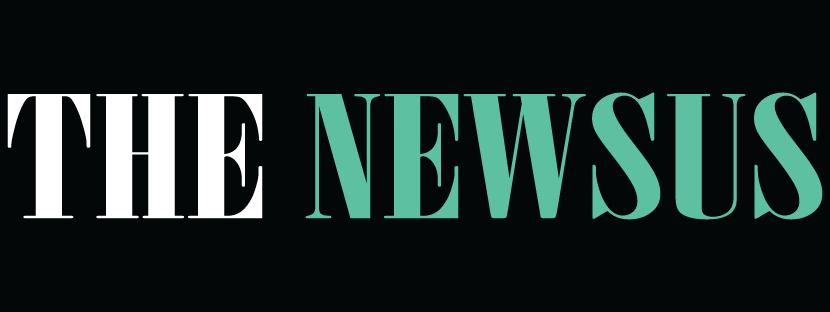Portrait Illustrators Who Are Redefining Modern Art
In the ever-evolving landscape of contemporary art, portrait illustration has emerged as one of the most compelling forms of creative...

In the ever-evolving landscape of contemporary art, portrait illustration has emerged as one of the most compelling forms of creative expression. Once confined to classical techniques and rigid traditions, today’s portrait illustrators are tearing down boundaries, blending mediums, experimenting with digital tools, and capturing the complexities of modern identity in ways that challenge, inspire, and connect us all.
But what does it mean to redefine modern portraiture? It’s more than updating an old style — it’s about questioning conventions, celebrating diversity, embracing technology, and using the human face as a canvas to tell stories that matter.
Let’s explore how the new generation of portrait illustrators is breathing fresh life into this age-old art form — and why their work resonates so deeply in our digital age.
The Shift from Classic to Contemporary
Traditionally, portraiture was a symbol of status, wealth, and legacy. Painters like Rembrandt, Da Vinci, and Frida Kahlo immortalized people through painstaking detail and symbolism. Today, however, portrait illustration is no longer reserved for aristocrats or museums — it lives in magazines, album covers, books, social media profiles, and street murals.
Modern portrait illustrators draw inspiration from everywhere: pop culture, activism, urban life, and the raw honesty of the digital self. Unlike classic portrait artists who focused on realism, contemporary illustrators often emphasize emotion, abstraction, and narrative. This shift is what makes their work so relevant to a generation that values authenticity over perfection.
Digital Tools and New Frontiers
One of the biggest catalysts behind this transformation is technology. The rise of digital tablets, advanced design software, and social media platforms has democratized the field. Portrait illustrators can now experiment with mixed media, animation, augmented reality, and interactive elements — pushing the definition of what a “portrait” can be.
Some artists blend photography with illustration, layering drawn elements over real images to create surreal hybrid works. Others animate their portraits, giving static faces a heartbeat through subtle motion. This interplay of digital and traditional techniques adds depth and dimension to an art form that once lived purely on canvas.
Amplifying Voices Through Portraiture
Portrait illustration today is also a vehicle for social commentary and representation. Many illustrators use their art to amplify marginalized voices, spotlight cultural heritage, and reimagine whose stories deserve to be seen.
Illustrators like Malika Favre, known for her bold, minimalistic portraits, or Tyler Feder, who explores mental health and body positivity, show how portraiture can be both deeply personal and universally relatable. By portraying people from diverse backgrounds and experiences, these artists break away from the historical norms of who gets painted — and why.
Collaboration with Brands and Media
Modern portrait illustrators are also collaborating with global brands, magazines, and influencers, bringing their unique style to wider audiences. From editorial spreads in The New Yorker to fashion campaigns, album artwork, and even political campaigns, portrait illustration has found a home at the crossroads of art and commerce.
This commercial appeal doesn’t dilute their creativity — in fact, it often elevates it. With global exposure comes a platform to experiment with fresh ideas, new formats, and socially conscious messages. Many illustrators leverage this to challenge stereotypes and encourage viewers to question what they see.
The Intimacy of Commissioned Portraits
Beyond large-scale projects, commissioned portraits are booming in the digital age. People crave personal connections and custom art to mark milestones like weddings, graduations, or anniversaries. Portrait illustrators bring these moments to life in ways photography alone often can’t.
What sets today’s commissioned portraits apart is their variety. Some clients want hyper-realistic likenesses; others seek stylized, whimsical renderings. Many artists even collaborate with clients to infuse symbolic elements, favorite colors, or hidden details — turning a simple portrait into a piece of deeply meaningful storytelling.
Portrait Illustrators to Watch
A wave of fresh talent is emerging worldwide. Artists like Polly Nor, who explores the inner lives of women through surreal self-portraits, and T.S. Abe, whose monochrome illustrations feel both classic and contemporary, are expanding what modern portraiture can be.
Meanwhile, social media has created communities for illustrators to share work, build audiences, and connect with fans and clients across the globe. Platforms like Instagram and Behance have become virtual galleries, allowing artists to showcase process videos, behind-the-scenes sketches, and interactive stories that draw people deeper into their creative world.
Why It Matters
So, why does this matter? In a world saturated with selfies and filters, portrait illustration reminds us of the power of seeing ourselves through someone else’s eyes. It invites us to pause, reflect, and celebrate individuality in an era obsessed with the digital persona.
Illustrators today aren’t just capturing faces — they’re capturing feelings, struggles, dreams, and identities. They turn blank pages and screens into mirrors for society. They remind us that while trends change and technologies evolve, the desire to see and be seen remains timeless.
Finding the Best Portrait Illustrators
For anyone seeking custom portraits — whether for a personal project, a brand campaign, or editorial work — the internet offers endless possibilities. The Best Portrait Illustrators are those who not only master technique but also bring a distinctive perspective to every subject they draw.
When looking for an illustrator, it’s worth exploring portfolios, reading artist statements, and understanding the stories they like to tell. The best collaborations happen when the client and artist connect over shared values and ideas.
Conclusion
Portrait illustration is far from static. It’s alive, experimental, and boldly stepping into the future. Today’s trailblazing illustrators are redefining what it means to capture a person’s essence — proving that a face is never just a face, but a doorway to deeper stories waiting to be told.
Whether they’re working on paper, pixels, or public walls, these artists remind us that in a world of fleeting images, an illustrated portrait still has the power to stop us in our tracks — and maybe even change how we see ourselves.







